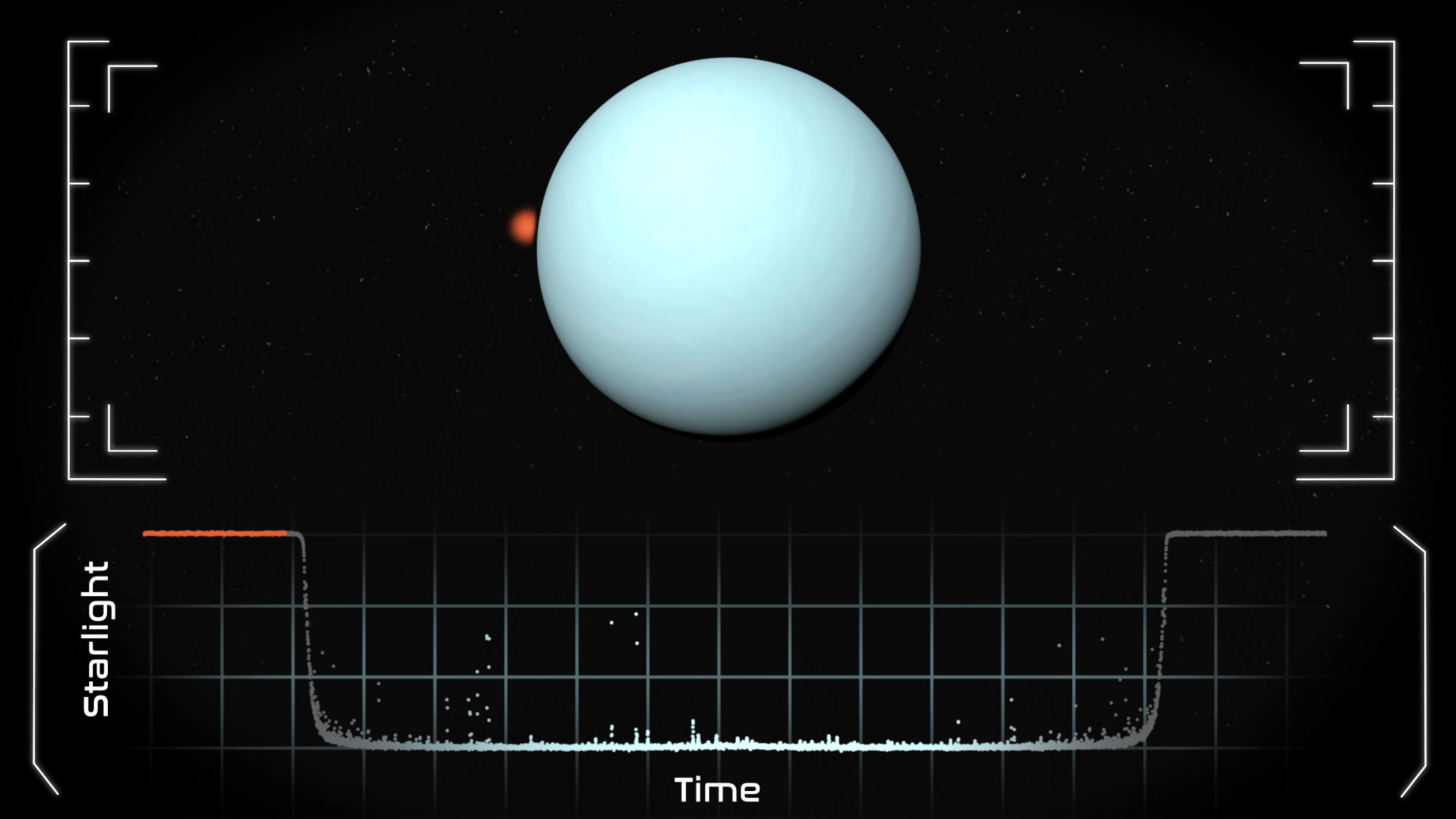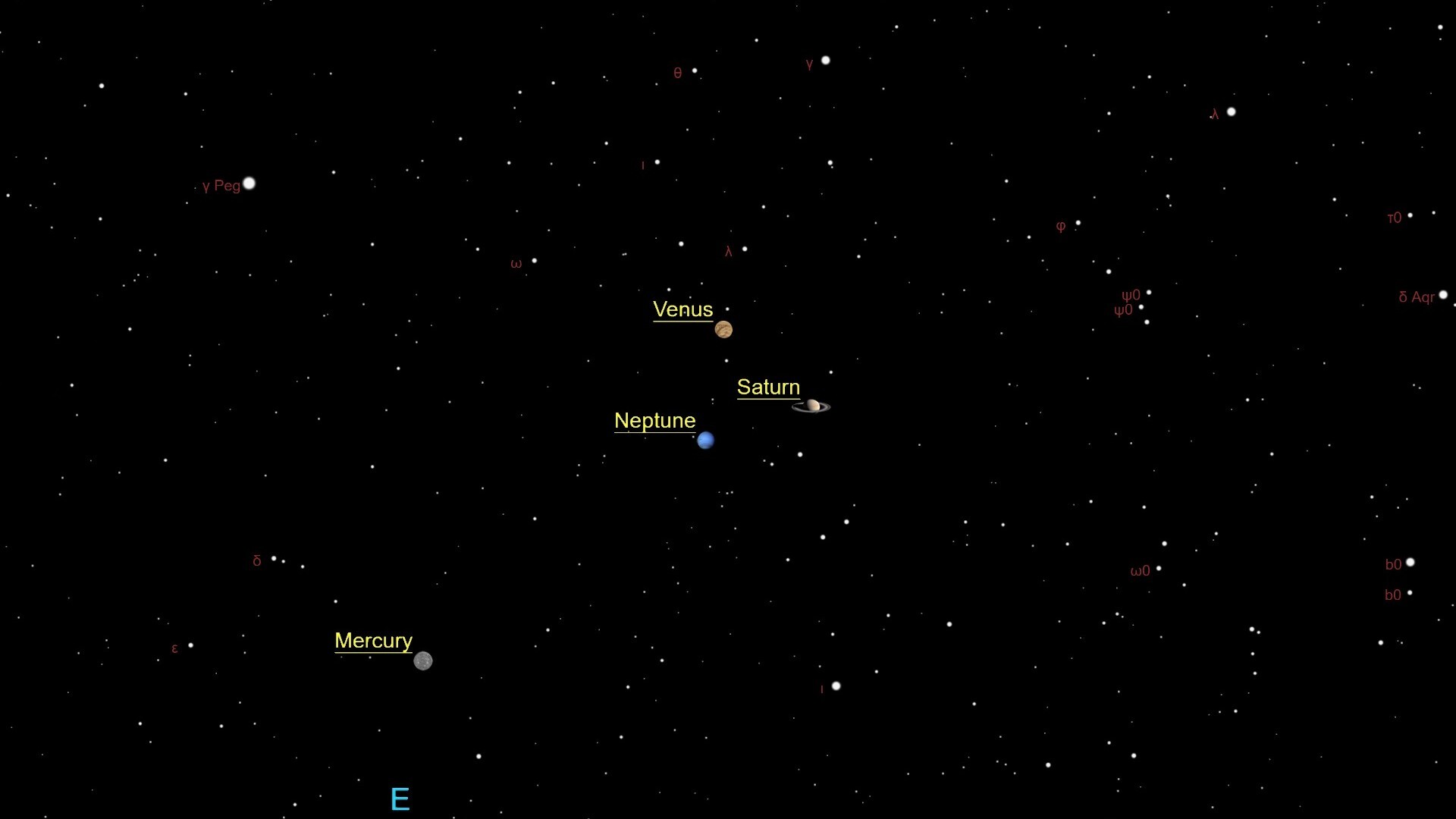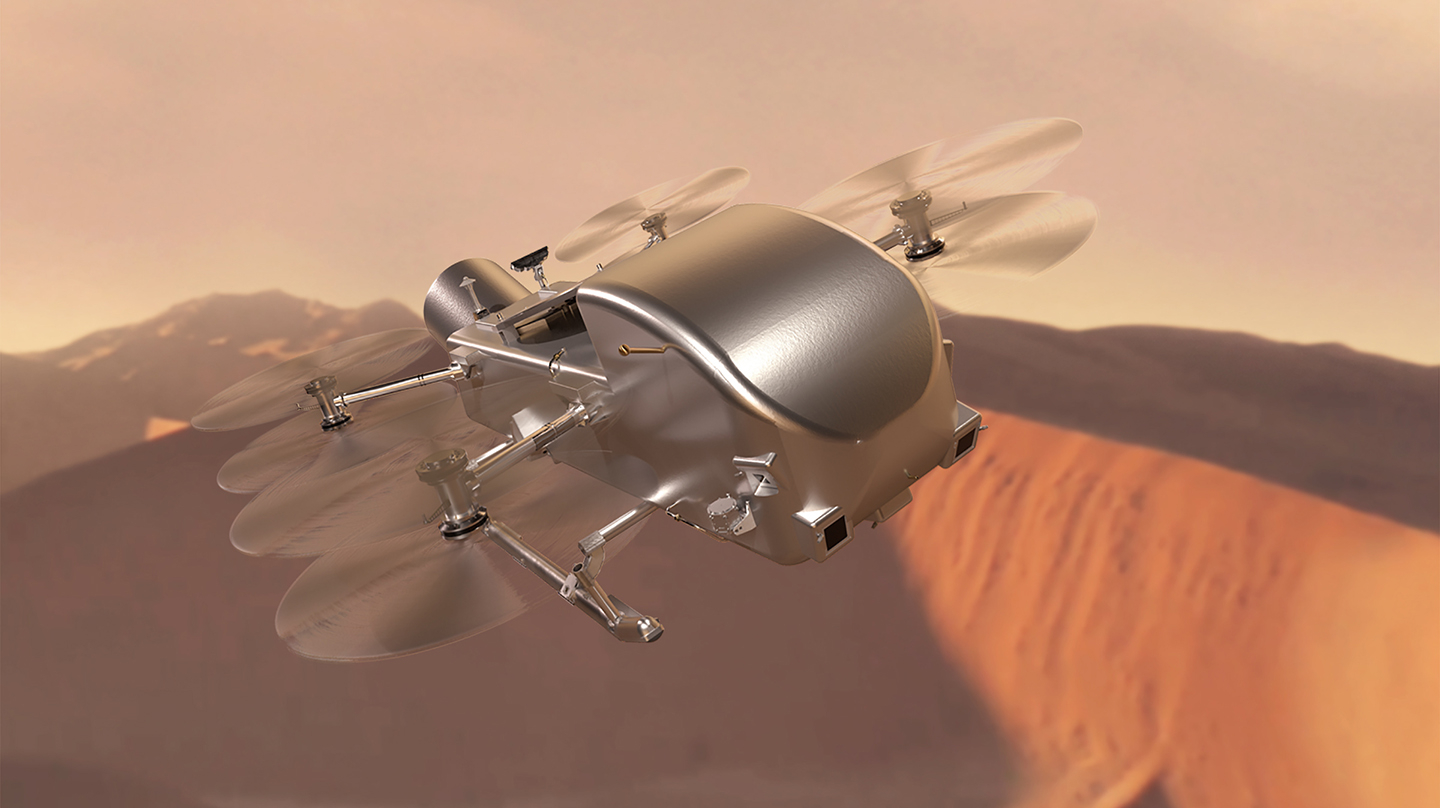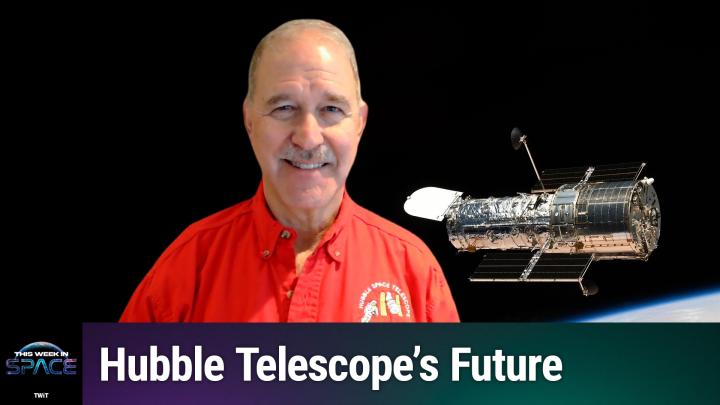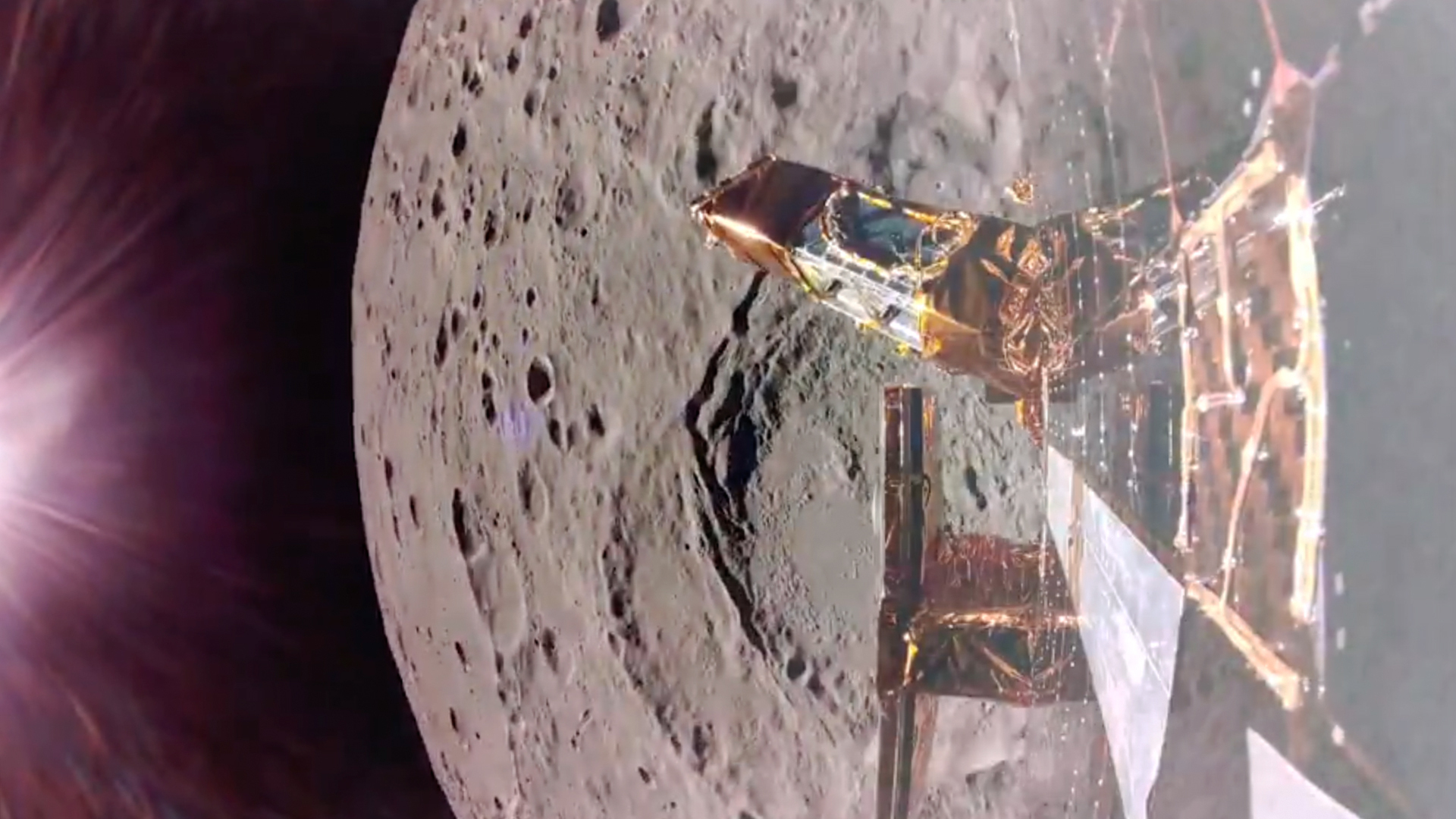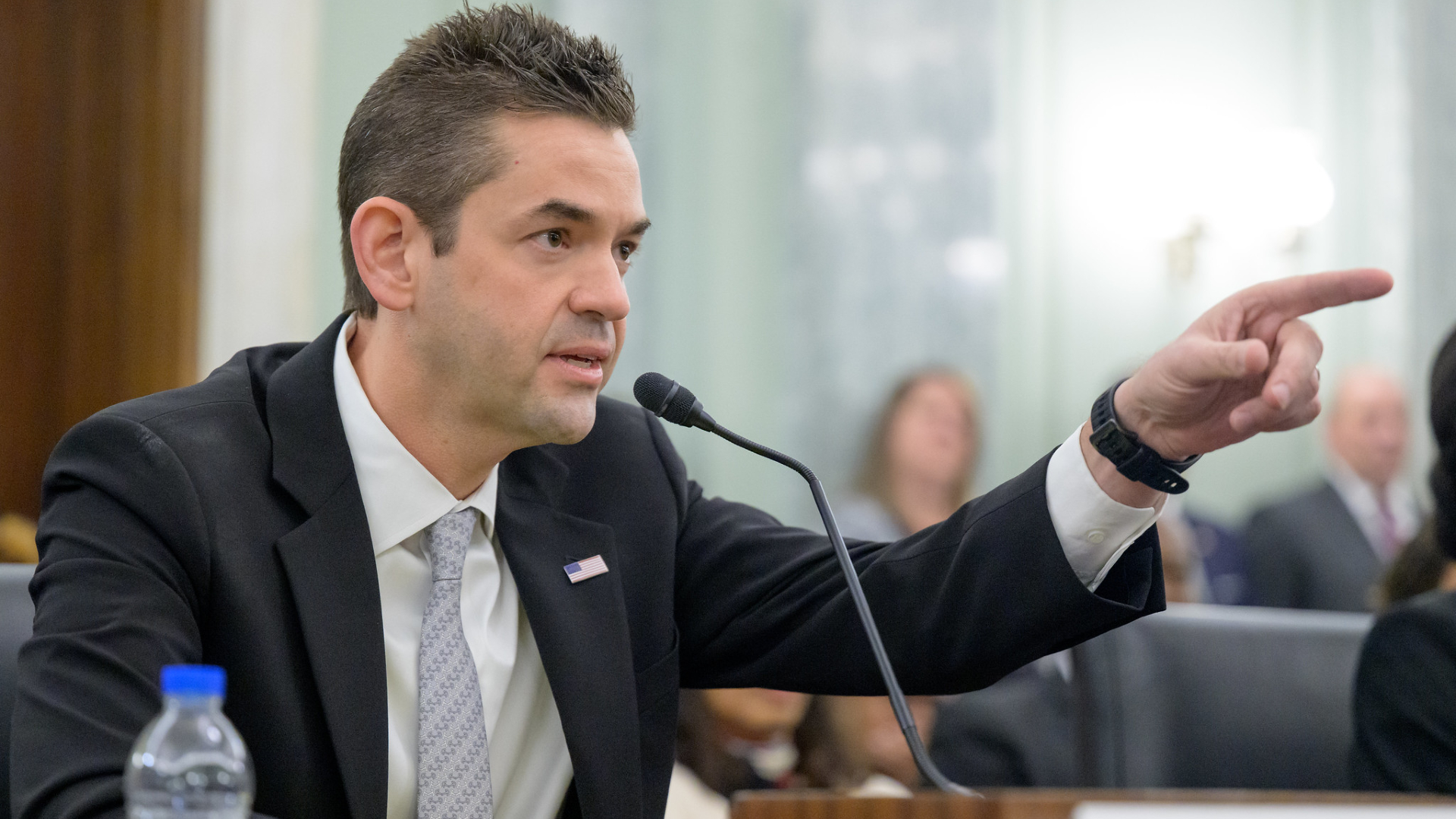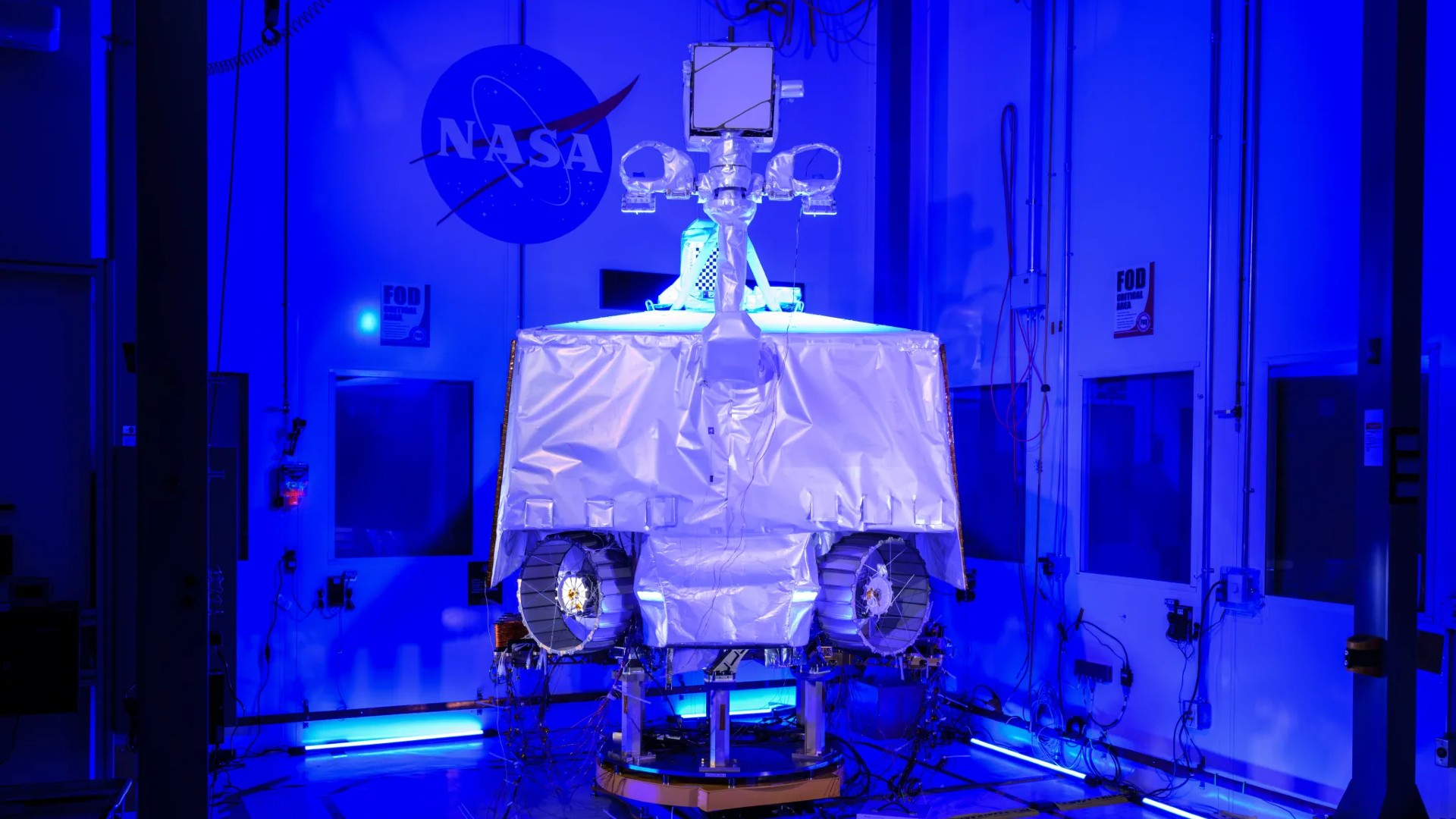
NASA's ice-hunting VIPER rover could fly to the moon after all — with some help from the private sector.
The agency announced on Monday (Feb. 3) that it's seeking proposals from U.S. companies to partner on VIPER, whose original incarnation as a $450 million NASA mission came to an end last summer due to budget concerns.
"Moving forward with a VIPER partnership offers NASA a unique opportunity to engage with the private sector," Nicky Fox, associate administrator of NASA's Science Mission Directorate, said in a statement. "Such a partnership provides the opportunity for NASA to collect VIPER science that could tell us more about water on the moon, while advancing commercial lunar landing capabilities and resource prospecting possibilities."
VIPER, short for "Volatiles Investigating Polar Exploration Rover," was designed to hunt for deposits of water ice near the moon's south pole. NASA plans to build one or more bases in that region as part of its Artemis lunar program, and VIPER was viewed as a scout that could help assess potentially life-supporting resources available there.
The rover was supposed to get to the lunar surface aboard Griffin, a lander built by Pittsburgh-based company Astrobotic. NASA helped arrange that ride via its Commercial Lunar Payload Services initiative (CLPS). Griffin and VIPER were slated to launch to the moon sometime this year.
On July 17, 2024, however, NASA announced that it was canceling the VIPER program. Doing so would save the agency about $84 million in development costs, officials said.
VIPER got something of a lifeline less than a month later. On Aug. 9, NASA issued a request for information from private companies, asking if any might be interested in using the already-assembled moon rover. This new call for proposals appears to be the next step in that process.
Get the Space.com Newsletter
Breaking space news, the latest updates on rocket launches, skywatching events and more!
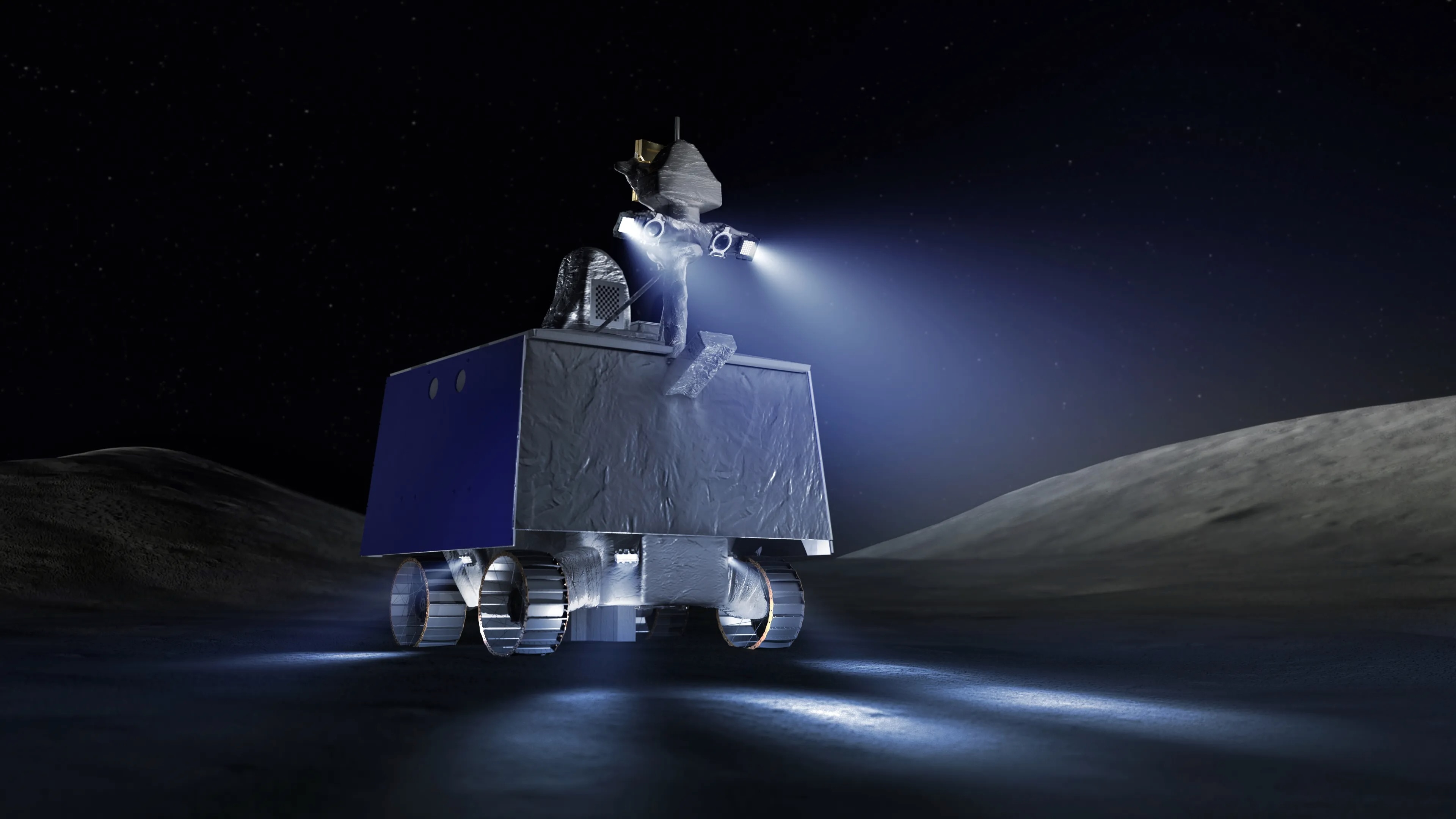
Responses to this new call are due by Feb. 20, NASA officials said in Monday's announcement. The agency will seek more detailed proposals from selected companies in a second round of submissions, with the goal of making a final decision this summer.
NASA would contribute VIPER as-is; the selected company would not be allowed to take the rover apart and put VIPER's science instruments on other spacecraft.
"Potential partners would need to arrange for the integration and successful landing of the rover on the moon, conduct a science/exploration campaign, and disseminate VIPER-generated science data," agency officials wrote in Monday's statement.
"Being selected for the VIPER partnership would benefit any company interested in advancing their lunar landing and surface operations capabilities," Joel Kearns, deputy associate administrator for exploration in the Science Mission Directorate, said in the same statement.
"NASA is looking forward to partnering with U.S. industry to meet the challenges of performing volatiles science in the lunar environment," he added. In this case, water is the "volatile" — a term for an element or compound that evaporates easily — that moon exploration planners are most interested in.
Join our Space Forums to keep talking space on the latest missions, night sky and more! And if you have a news tip, correction or comment, let us know at: community@space.com.

Michael Wall is a Senior Space Writer with Space.com and joined the team in 2010. He primarily covers exoplanets, spaceflight and military space, but has been known to dabble in the space art beat. His book about the search for alien life, "Out There," was published on Nov. 13, 2018. Before becoming a science writer, Michael worked as a herpetologist and wildlife biologist. He has a Ph.D. in evolutionary biology from the University of Sydney, Australia, a bachelor's degree from the University of Arizona, and a graduate certificate in science writing from the University of California, Santa Cruz. To find out what his latest project is, you can follow Michael on Twitter.
